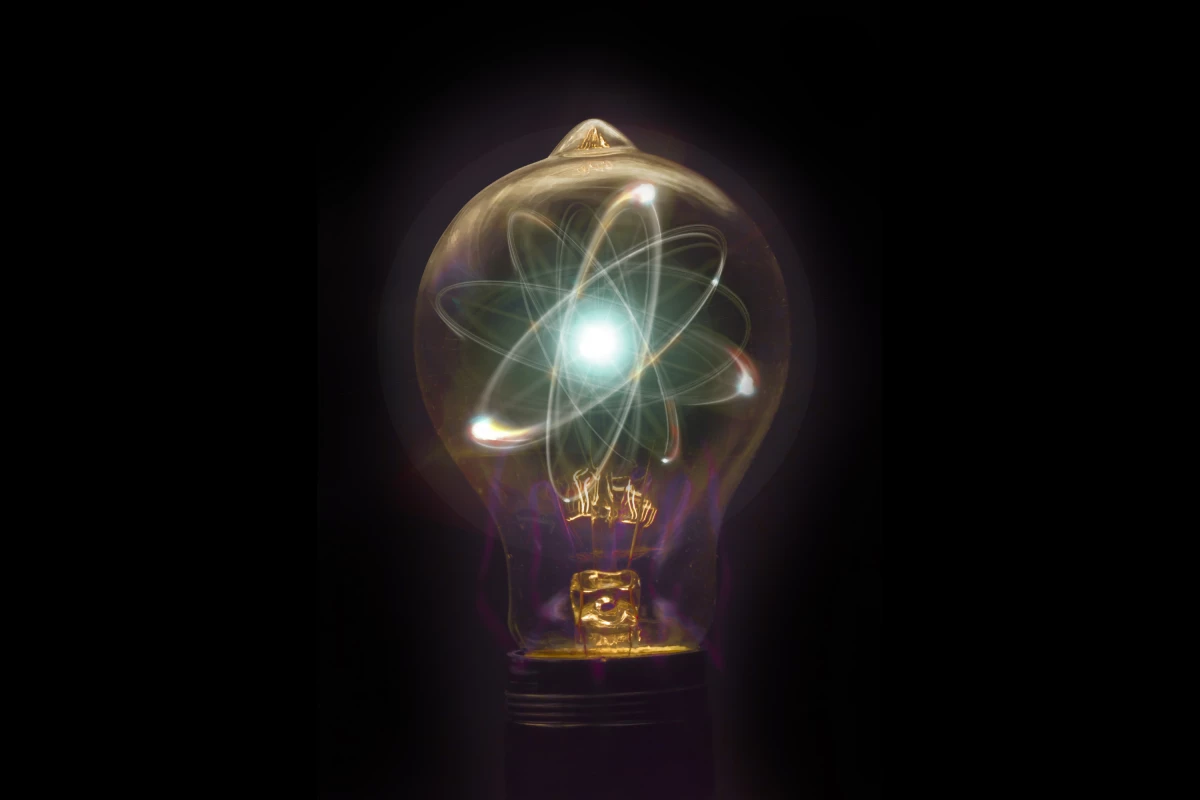The US Department of Energy (DOE) is backing five projects to develop advanced nuclear reactor designs to be built in the United States by private industry. Under the Advanced Reactor Demonstration Program (ARDP), the DOE’s Office of Nuclear Energy's US$30 million initial funding is expected to grow to US$600 million over seven years with industry providing an additional 20 percent.
Though nuclear power has been very unpopular in the West over the past few decades, the need for a carbon-neutral future looks poised to spark a new generation of advanced reactors that will be very different from the light-water pressurized reactors that have dominated the nuclear power industry since the 1950s.
The goal of the latest DOE grants is to promote the development of reactors for deployment in 10 to 14 years that are not only more efficient and more economical to operate, but are also inherently safer to run, with designs that use more robust fuels and have cooling systems that can passively keep a reactor from melting down even if there's no power available.
The five reactor concepts under development include the Hermes Reduced-Scale Test Reactor by Kairos Power in Alameda, California. Intended to lead to the building of the commercial-scale Kairos Power Fluoride Salt-Cooled High Temperature Reactor (KP-FHR), this advanced test reactor is based on Tri-structural ISOtropic (TRISO) particle fuel and is cooled by a low-pressure fluoride salt coolant.
TRISO fuel comes in particle form and is composed of uranium, carbon, and oxygen, which are formed into kernels and then encapsulated in three layers of carbon and one of ceramic to prevent the release of radioactive waste. These poppy seed-sized kernels are then collected together into cylindrical pellets or billiard ball-sized spheres, which can withstand high temperatures in gas or salt-cooled reactors.

The second project is the Westinghouse Electric Company's eVinci Microreactor, which is a heat pipe-cooled micro-reactor as part of a technology demonstrator to be completed by 2024. A heat pipe reactor is usually made up of a solid core with the fuel inserted in holes in the block. Heat pipes contain a liquid that removes heat from the core as it vaporizes and then carries the heat to a heat exchanger for both cooling and power generation.
The purpose of the demonstration is to assess the risks of such a design and to determine how to improve the manufacturing and efficiency of the heat pipe system.
Third is the BWXT Advanced Nuclear Reactor (BANR) by BWXT Advanced Technologies in Lynchburg, Virginia. This is a transportable micro-reactor that also uses TSIRO fuel to achieve higher concentrations of uranium as well as an improved core design that uses a silicon carbide matrix.
The fourth is the Holtec SMR-160 Reactor from Holtec Government Services in Camden, New Jersey. This is a small modular reactor that is based on light-water reactor design. Modular reactors have the advantages of being mass-produced in factories as well as scalability by adding additional modules on site.
Finally, there's the Molten Chloride Reactor Experiment by Southern Company Services, Inc. in Birmingham, Alabama. In this 1,200 MW critical fast-spectrum salt reactor design, the fuel is mixed in with the molten salt coolant. The reaction takes place inside the salt, keeping it molten. Molten salt reactors are more efficient because they can operate at higher temperatures than conventional reactors.
"All of these projects will put the US on an accelerated timeline to domestically and globally deploy advanced nuclear reactors that will enhance safety and be affordable to construct and operate," says US Secretary of Energy Dan Brouillette. "Taking leadership in advanced technology is so important to the country’s future because nuclear energy plays such a key role in our clean energy strategy."
Source: DOE





